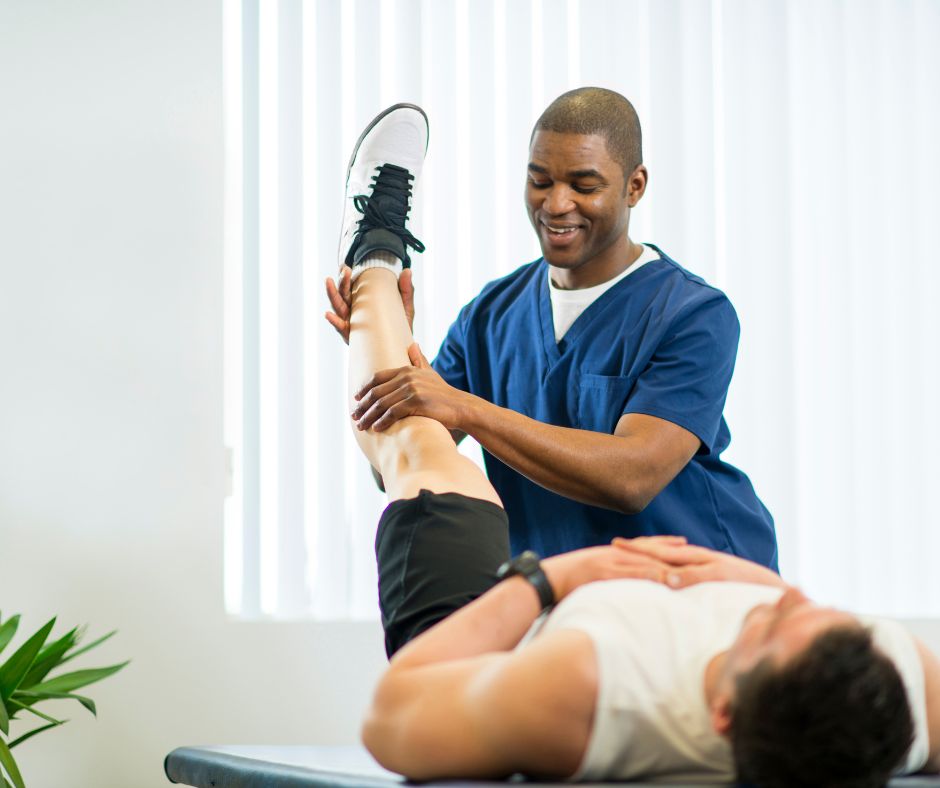Guaranteeing Participant Safety and Injury Avoidance in Team Fitness Sessions
Wiki Article
Group exercise training sessions are a popular way for people to enhance their well-being and fitness. These classes often involve exercises like aerobics, cycling, stretching, and weight lifting, which can be fun and inspiring. However, it is essential to ensure the well-being of attendees during these sessions to prevent harm. Coaches and facilitators play a key role in establishing a safe setting that promotes positive outcomes for everyone involved.
To promote attendee safety, instructors should begin by assessing the physical capabilities of each person. This can be achieved through pre-session surveys or informal conversations. Understanding the requirements and capabilities of attendees enables trainers tailor workouts to suit different fitness levels. For example, modifications can be offered for novices or those with mobility restrictions. By offering options, instructors motivate all participants to engage confidently while still being challenged.
Effective pre-exercise and cool-down routines are essential components of any team exercise session. Warming up before workouts readies the physique by slowly increasing heart rate and enhancing blood flow to muscles. This this reduces the risk of muscle pulls and sprains during workouts. Similarly, gradual recovery helps the body transition back to a resting state, preventing lightheadedness and supporting recovery. Instructors should always set aside minutes for these critical phases in every session they lead.

In contribution to bodily protection, mental well-being is also crucial in group exercise settings. Establishing a supportive environment where attendees feel motivated and inspired can significantly enhance their session. Instructors should promote constructive interaction by offering recognition and constructive feedback throughout the class. This not only increases confidence but also assists participants stay engaged and concentrated on their goals.
In conclusion, it is crucial for coaches to stay current on best practices for risk reduction and navigate to this website participant care. Ongoing training through workshops, accreditations, and professional development ensures fitness professionals informed about new methods and protective measures. By prioritizing both bodily and mental well-being in group exercise training sessions, coaches can help clients achieve their health objectives while reducing the risk of harm. A safe and enjoyable setting leads to long-term positive effects on individual health paths.